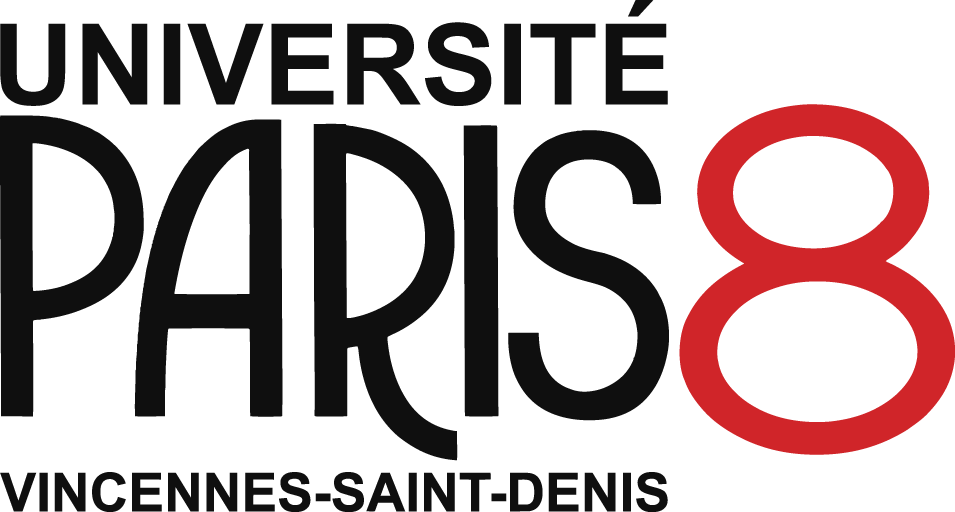LA TRADUCTION EST MORTE, VIVE LA TRADUCTION !
Résumé
Cet article explore la révolution de la traduction générative à l'ère de l'intelligence artificielle (IA), en analysant tant ses fondements théoriques que ses implications pratiques. Après avoir défini la traduction générative à l'ère de l'IA générative, l'auteur détaille comment ces technologies transforment le rôle du traducteur, désormais positionné comme expert en post-édition et gestion de projets hybrides. S'appuyant sur des exemples concrets, il met en lumière les atouts -tels que la gestion des contextes complexes et la production de rendus créatifs -ainsi que les limites, notamment en termes de gestion des nuances culturelles et de biais inhérents aux données d'entraînement.
L'article propose également une classification des modèles de traduction générative et illustre la redéfinition du concept d'équivalence, qui passe d'une correspondance absolue à une approche nuancée de la similarité sémantique et stylistique. Enfin, l'auteur interroge et repense les dichotomies classiques de la traductologie (théorie versus pratique, traduisible versus intraduisible, art versus science, auteur versus traducteur, etc.) et revisite les théories de la traduction -notamment l'approche interprétative du sens et la théorie du skopos -à la lumière des avancées de l'IA, ouvrant ainsi de nouvelles perspectives pour une traductologie plus intelligente.
Mots clés
| Origine | Fichiers éditeurs autorisés sur une archive ouverte |
|---|


